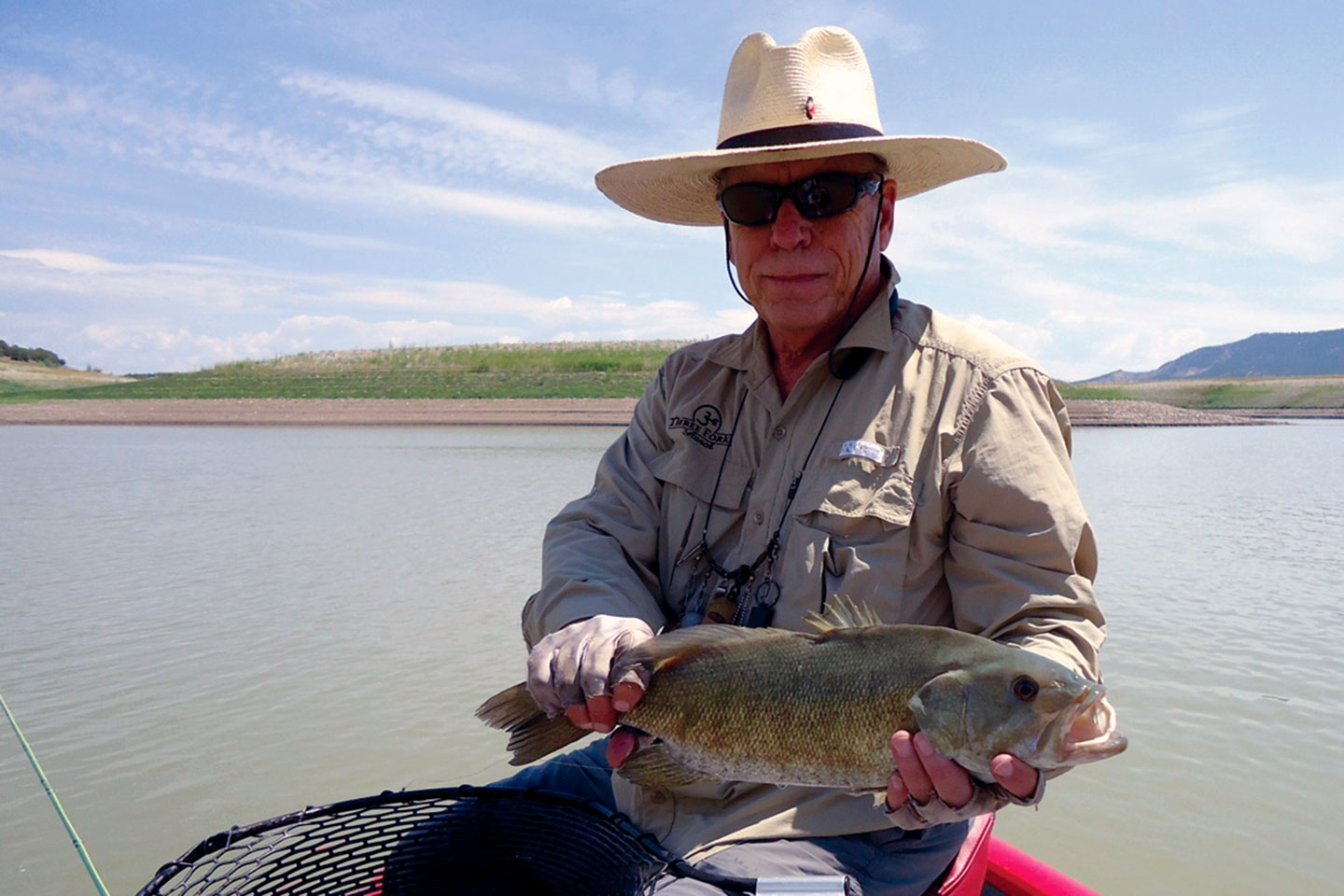Christmas has come and gone. And maybe you received a gift of fly-tying equipment that either you asked for or because someone thought you’d enjoy tying your own flies. Maybe you received an anonymous card suggesting you start tying again. If you received a beginner’s set to start you off, and you don’t have a clue about where to start, there are several options. The first is visit your local fly shop and see if they have a class for tiers just starting out. If there isn’t a fly shop nearby, you can go to the internet. Or ask a friend that ties flies for some advice. If you received a card don’t waste time thinking about who sent it. Just know a loved one, or friend, thinks you need to stop whatever you’re doing and start tying again. While I didn’t receive a card, I was looking at my tying bench and wondered why I hadn’t tied in a long time. I put a hook in the vise and remembered how much I enjoyed it.
In a long-ago column, I looked it up, I had some advice for beginners. Pick four or five patterns to tie and buy everything else. I suggested you tie those patterns in several different sizes and colors. That way you’ll be prepared for whatever the fish are eating. The five patterns I tie are: a Royal Wulff, an Adams, a Stimulator, a Caddis, and a Woolly Bugger. For those of us with older eyes, I also suggested not tying anything smaller that an 18. I believed that was good advice long ago and still think it’s good advice.
However, once you become proficient in tying those patterns, as shown in many fly-tying books, it is time to get creative. For me, this is where tying really gets to be fun. As an example, I’ll tell you what I did with my favorite pattern, the Royal Wulff. The first change I made was to use hackle of a different color and size. Most hackle used for a Royal Wulff is brown and fairly short. I tied several Wulffs using black and gray hackle that was a little longer. I also made the tails the same color as the hackle. The longer hackle will make the fly float in a more tail down style. Maybe imitating a fly lifting off the water.
After tying those I tied several Wulffs on emerger hooks. For this modification I used a single foam post I trimmed down for a single wing (I don’t think fish can count). For the tail I found some material that looked like a shuck. That’s what a fly emerges from as it becomes something that floats or flies. I then wound peacock hurl several wraps behind the wing. Instead of winding hackle behind and in front of the wing I wound it only in front of the wing. For the hackle I used a slightly longer than normal hackle. Again, this will make the fly float more tail down giving it an appearance of a helpless bug coming out of its shuck. It’s a good theory that I look forward to testing on the river. My next creation will be a parachute Wulff.
As you can see, being imaginative with your five different patterns, in only three different hook sizes, will fill your fly box with more flies than you can use. Add to the flies you tied, store bought professionally tied flies, and you might now be in need of an additional fly box.
This tying program creates a win-win situation. You get the fun and satisfaction of catching fish with the flies you tied, and your local fly shop gets to sell you material for your creations plus the flies you don’t tie. I love it when everyone comes out a winner.

